Creating a Dreamy and Soothing Kids' Room in 4 Simple Steps
Designing a child's room can be a fun and inspiring experience, especially when using natural tones that create a sense of tranquility and harmony. We've prepared a guide with the four most important steps to create a pleasant kids' room that's a joy to wake up in each morning.
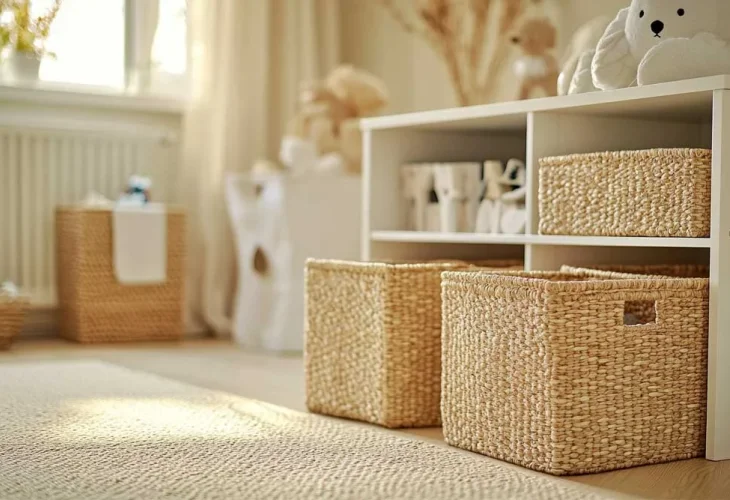
Are you looking to refresh your child's room and transform it into a warm, calming, and inspiring space? Choosing the right colors is key to a successful design. Studies show that natural and soothing colors positively affect children, reducing stress, improving concentration, and encouraging creativity. In a room decorated in these tones, children feel protected and relaxed, allowing them to learn, play, and dream freely.
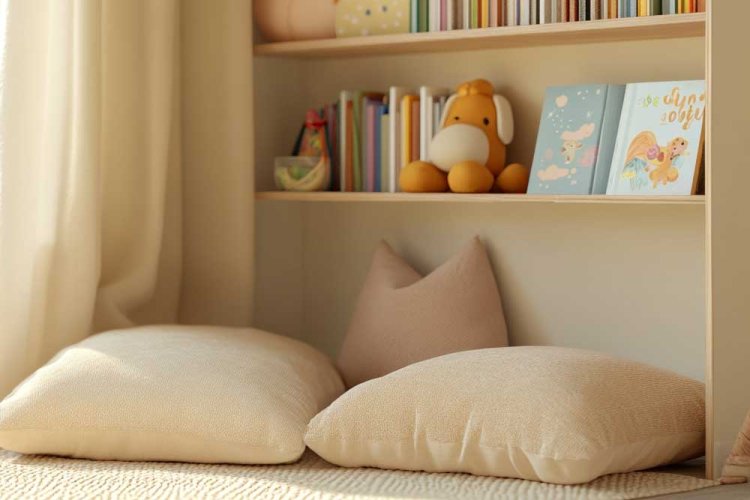
In this article, we focus on three colors: mocha, mint, and beige, as they create a perfect blend of warmth and freshness, maintaining a modern and pleasant look. Of course, you can choose any color palette you like. It's essential to select colors carefully before starting the design process and decide in advance on at least three main colors to incorporate into the room. Additionally, it's a good idea to balance the colors to achieve a soothing and pleasant effect.
Here's how we've divided the colors based on our selections for this article:
- Beige (50%): The base color for walls and ceiling, creating a sense of space and cleanliness in the room and serving as the perfect backdrop for other elements.
- Mocha (30%): Suitable for central furniture like a bed, dresser, or shelves, adding warmth and texture to the space.
- Mint (20%): For small, refreshing touches like pillows, curtains, rugs, or decorative items. Mint color gives a sense of lightness and balance to the warm colors.
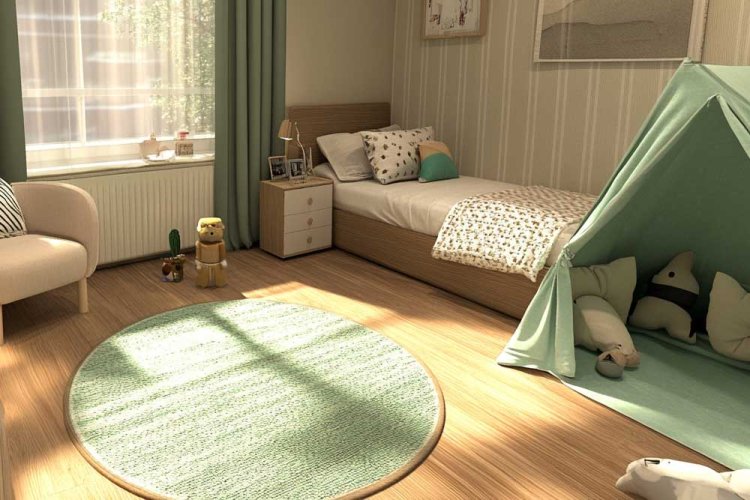
- Choosing Wall Colors
The wall colors form the foundation of the room design. Mocha and beige offer a pleasant and calm background, while mint can be an accent color that adds lightness and freshness. Correct color combinations create a perfect atmosphere for the child throughout the day and night.
Practical Tips:
- Choose light beige or mocha as the main wall color to create a warm and pleasant atmosphere.
- Paint one wall ("accent wall") in mint, or add graphic elements in this tone, like geometric shapes, clouds, or figures that children love.
- Use intermediate shades, like off-white, for additional harmonious blending between colors.
- Use natural, non-toxic paints, and check that they are easy to clean to maintain a fresh look over time.
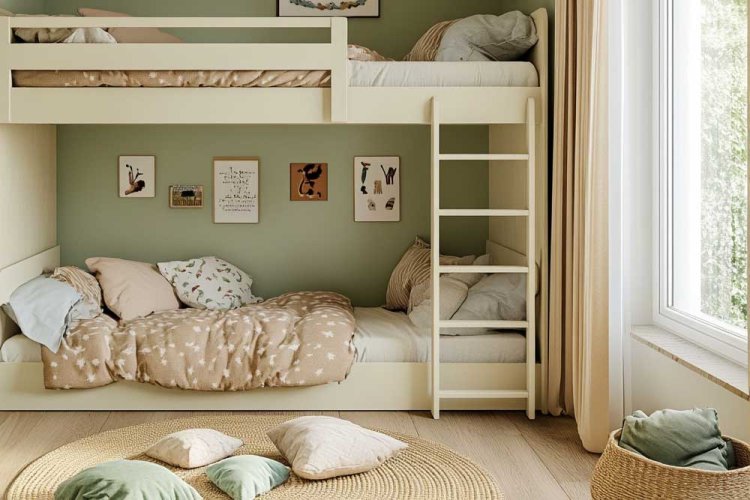
- Furniture in Natural Tones
To highlight the pleasant colors, choose furniture made from wood in natural hues, such as oak or pine, which complement the wall colors and add organic warmth to the space. If you choose white furniture, combine it with natural wood accessories to soften the look.
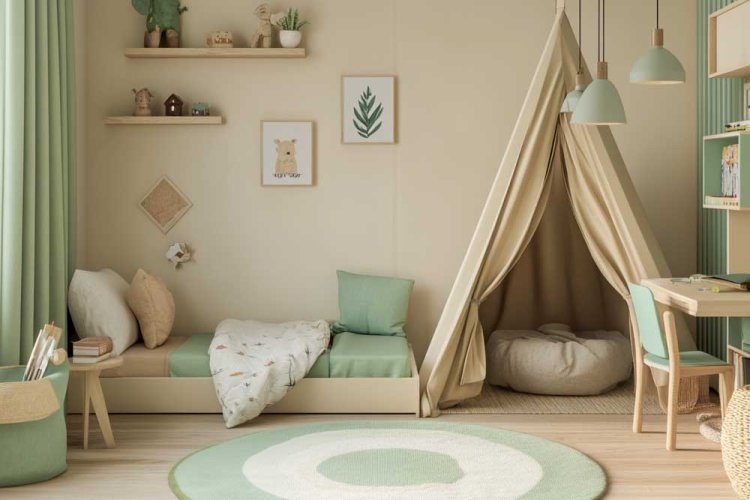
Practical Tips:
- Include a child's bed with a frame in a natural wood tone or painted in warm white.
- Add a cabinet or shelves in beige or white tones.
- Decide on one element in mint color to add a splash of color, like a storage dresser for toys.
- Ensure the furniture fits the child's height for easy access and encouragement of independence.
- Choose furniture with rounded edges for maximum safety.
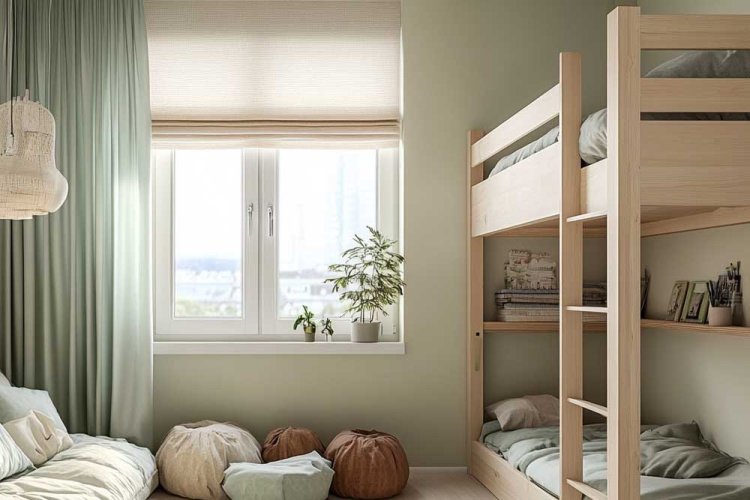
- Textiles and Bedding
Quality textiles in the right shades add softness and unify the room into a complete, inviting look.
Practical Tips:
- Choose plain, light curtains in a light hue.
- Decorative pillows in different colors and textures, according to our color palette, will upgrade the overall look and add interest.

- Opt for natural fabrics, like cotton or linen, which are pleasant to touch and suitable for sensitive skin, ensuring both comfort and health.
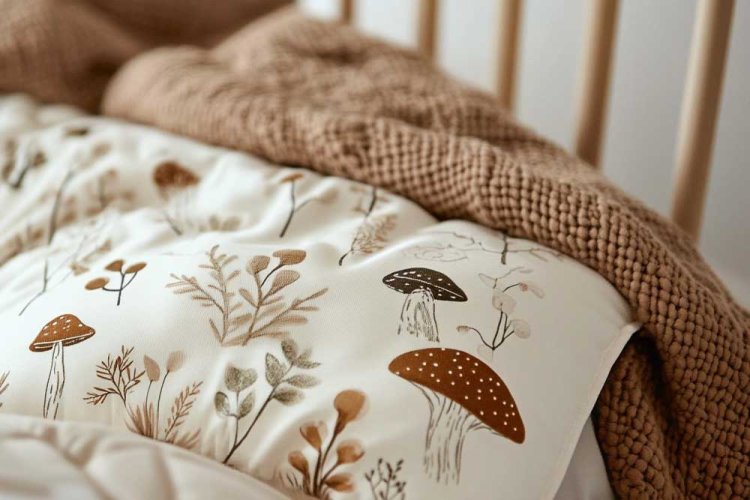
- Complementary Design Details
The small details are what transform a standard room into a unique and personal one. Choosing the right accessories creates an environment that encourages creativity and joy.
Practical Tips:
- Include night lights in beige and mint tones, casting warm and pleasant light.
- Place storage baskets made of fabric or straw in matching shades to easily maintain order.
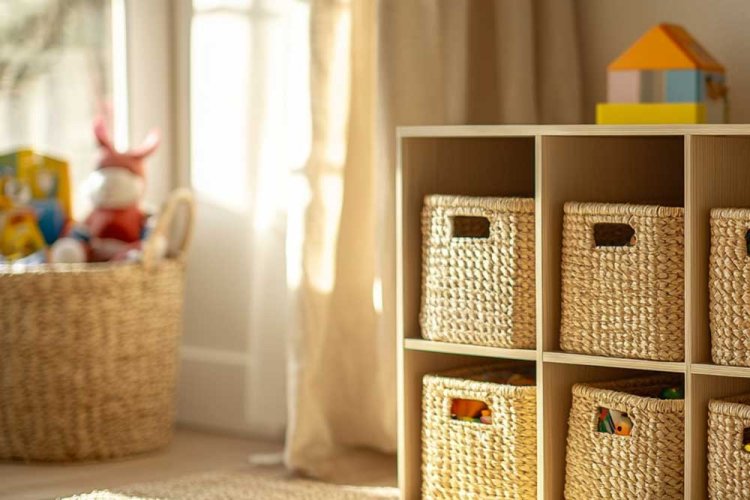
- Create a creative corner with a small table and a matching chair in the room's tones.
- Light mint shades are suitable for accessories like night lamps, storage boxes, pillows, or small curtains. They add a refreshing pop of color.
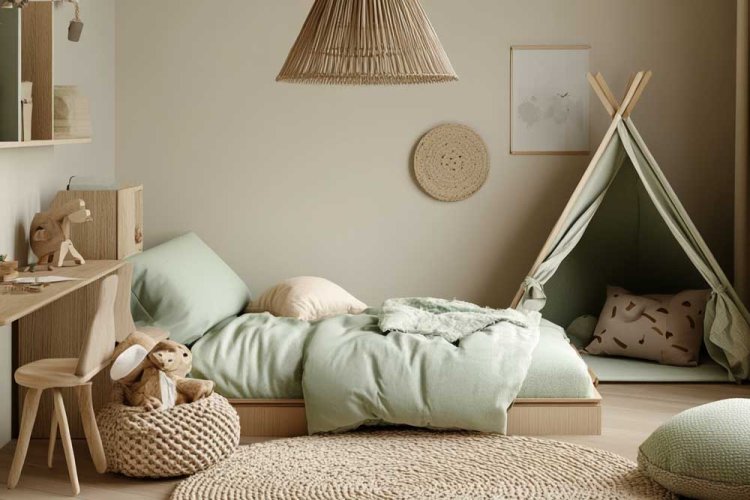
- Darker mocha shades are suitable for picture frames, storage baskets, or wooden decor items, creating a sense of warmth and depth in the room.
- Neutral beige tones are perfect for soft accessories like rugs, blankets, and bed covers. They blend naturally and enhance the calming feel.
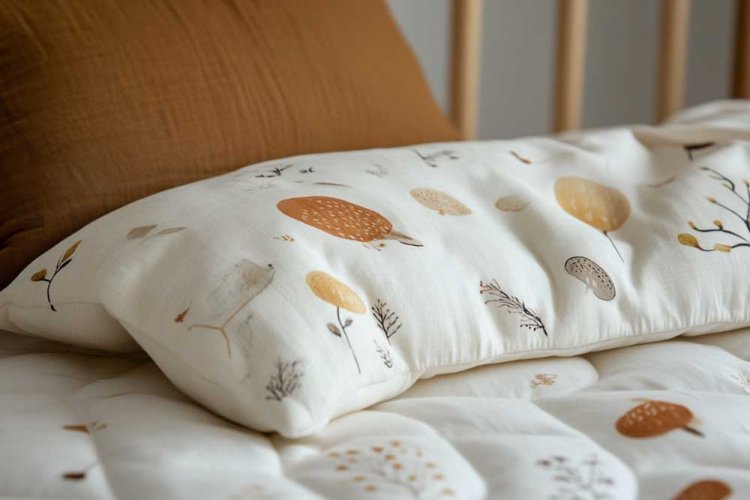
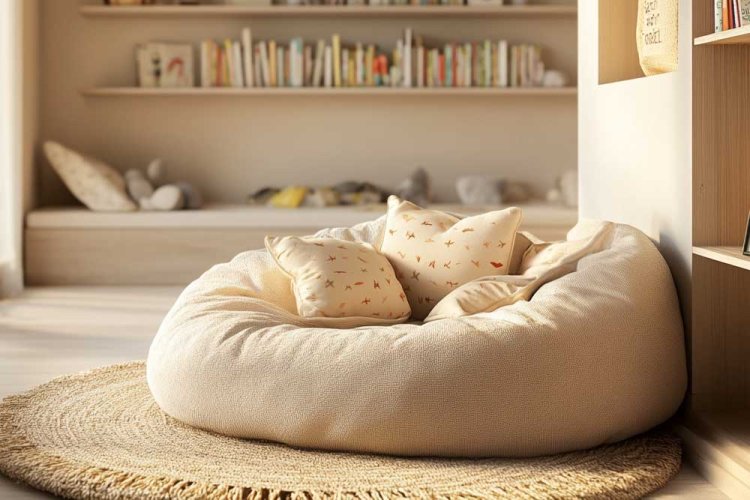
- For variety, small touches of pastel colors, like dusty pink or light blue, can be added in small accessories like toys or books.
The combination of accessory colors completes the room's design, creating a balanced and pleasant image while maintaining a soothing harmony.
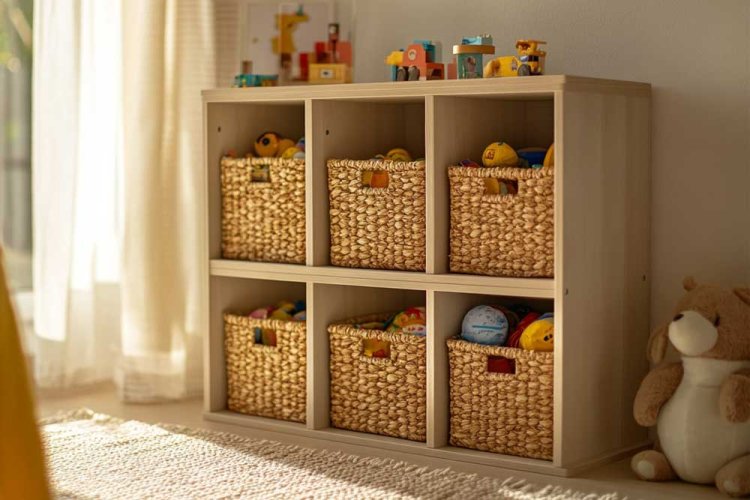
Love natural colors in the kids' room? Let us know in the comments.

